1. Philippine rice production situation and forecast for 2025
The Philippines is an agricultural country, including rice production. However, for many years, domestic rice production has not been able to meet consumption demand. Many studies have pointed out the causes, and one of the causes identified by the World Food Organization is that the Philippines - a country made up of thousands of islands - does not have much land for rice cultivation, especially without large and fertile estuarine plains.
Annually, depending on farming and weather conditions, domestic production in recent years in the Philippines has been around 19 to 20 million tons of paddy rice, equivalent to around 12 to 13 million tons of rice.
Specifically, according to data from the Department of Agriculture, the Philippines' domestic rice production in 2022 reached about 19.75 million tons, equivalent to about 12.74 million tons of rice. In 2023, for the first time, the Philippines' domestic rice production exceeded the 20 million tons of rice mark (specifically 20.06 million tons), up 1.5% compared to 2022 and surpassing the peak achieved in 2021 (19.96 million tons). However, by 2024, the Philippines' domestic rice production will only reach 19.30 million tons, down from the previous year.
By 2025, with more government support and investment in farmers, the Philippines’ domestic rice production is targeted to reach 20.46 million tons. However, even if the target is achieved, this modest increase cannot help the Philippines escape from shortages and dependence on rice imports.
2. Philippine rice consumption, reserves and forecast for 2025
The Philippines' domestic rice consumption tends to increase every year, from less than 15 million tons in 2019 to 17 million tons in 2024. Specifically, the total domestic rice consumption of the Philippines in 2019, 2020, 2021, 2022, 2023 and 2024 is 14.4 million tons, 14.8 million tons, 15.4 million tons, 16.1 million tons, 16.6 million tons and 17.2 million tons, respectively. It is forecasted that in 2025, the Philippines' domestic rice consumption demand will be around 17.8 million tons.
In addition, the minimum reserve requirement of enough food for 30 days to ensure domestic food security is about 1.0 to 1.2 million tons. Therefore, the total rice demand of the Philippines is about 18 million tons to 19 million tons.
3. Philippines' rice import demand and forecast for 2025
Due to the lack of improvement in domestic rice production while annual consumption demand has increased, the amount of rice imported by the Philippines has been increasing over the years. Prior to June 2024, the imposition of a 35% rice import tax has somewhat limited the consumption and import of rice into the Philippines, although the demand for rice consumption has always been high.
In 2019, 2020, 2021, 2022, and 2023, the Philippines imported 3.256 million tons, 2.662 million tons, 2.988 million tons, 3.788 million tons, and 3.932 million tons, respectively.
On June 20, 2024, President Ferdinand R. Marcos, JR., signed Executive Order No. 62, which reduces import taxes on many items, including rice, from 35% to 15%, effective until 2028. This can be considered a move by the Philippine Government to deal with inflation, especially as rice prices tend to increase continuously in the market. The reduction in import taxes has created a boom in Philippine rice imports, reaching a record 4.68 million tons in 2024 and is expected to continue to increase in 2025, reaching about 4.92 million tons.
In recent years, the Philippines has imported rice mainly from Vietnam, with a market share of about 80% to 85%, from Thailand about 10%, the rest is imported from India, Pakistan, Bangladesh, Japan and other countries. The Philippine government has also been trying to diversify the supply of rice and the type of imported rice, even signing a rice trade cooperation agreement with Cambodia, although this agreement will not bring much efficiency.
4. Philippine rice imports from Vietnam and forecast for 2025
The Philippines is a traditional market for Vietnam's rice exports. In recent years, the volume and value of Vietnam's rice exports to the Philippines have always accounted for over 40% to nearly 45% in volume and value of Vietnam's total rice export volume and value. Since 2022, Vietnam's rice exports to the Philippine market have always reached over 3 million to 4 million tons annually, specifically, in 2022 it will reach 3.214 million tons, in 2023 it will reach 3.150 million tons, in 2024 it will reach about 4.150 million tons, and in 2025 it is forecasted to reach about 4.350 million tons.
Although the Philippines has been making efforts to diversify its supply sources, Vietnamese rice will continue to stand firm in the Philippine market because Vietnamese rice has its own strengths and is competitive in the market. Firstly, Vietnamese rice has suitable grades, quality, and prices, so it is competitive, suitable for consumer tastes, and can meet the diverse needs of Filipino consumers, especially the large middle- and low-income population. Secondly, Vietnam's stable rice supply, geographical distance, cost, and convenience in transportation, meet the annual import needs of the Philippines. Thirdly, many Vietnamese rice exporting enterprises have had long-term relationships with Philippine rice importers, creating prestige and trust in rice exports with Philippine customers.
5. New policy regarding rice import and consumption in the Philippines
In 2022, the Philippines will apply a general rice import tax of 35% on rice imported from all sources (within ASEAN and outside ASEAN). On June 20, 2024, Philippine President Ferdinand R. Marcos issued Executive Order No. 62, which stipulates a reduction in import taxes on many agricultural products. For rice, the import tax will be reduced from 35% to 15%, applied to rice imported from all sources, until 2028. This is a move to deal with inflation, especially when rice prices tend to increase continuously in the market in 2024. Cutting rice import taxes is expected to reduce rice import costs, thereby helping to reduce retail prices of rice in the domestic market. However, according to observations and assessments by some researchers and Philippine management agencies, the reduction of rice import tax to 15% has had an insignificant impact and has not had the effect of reducing retail rice prices in the domestic market.
In order to control and aim to reduce the retail price of rice, on January 20, 2025, the Minister of Agriculture proposed and was authorized by the Philippine Government to require importers, retail stores, and rice traders to comply with the policy of “Maximum Suggested Retail Price” (MSRP) of no more than 58 pesos/kg of rice. This administrative policy in reality has not had a positive effect in reducing the retail price of rice in the market.
Therefore, in February 2025, based on the developments in rice prices in the market and on the proposal of the National Price Coordinating Council (NPCC), the Minister of Agriculture declared a state of emergency for rice. This declaration allows the National Food Authority (NFA) to perform its role in coordinating the stabilization of the rice retail market by selling rice from national reserves to the market at the subsidized price of the Government. At the same time, the Philippine Government also requested the competent authorities to investigate and clarify the situation of high retail prices of rice in the market, especially the investigation to determine whether or not there is collusion or collusion in manipulating the rice market by a number of large enterprises or key enterprises in the rice import and export business.
The above policy moves of the Philippine Government, on the one hand, aim to find a way to lower the retail price of rice in the market so that poor Filipinos can afford it, on the other hand, aim to partially realize the policy goal of bringing the price of rice to “29 pesos/kg” that President Ferdinand R. Marcos Jr., stated during the election campaign, and at the same time to stabilize voters' psychology during the 2025 midterm elections.
6. Assessment and forecast
From the above information and analysis, it can be seen that in 2025, the Philippines' rice import demand will remain high, forecast at around 4.92 million tons, even over 5 million tons. And Vietnamese rice will still be the Philippines' main import source. Policy moves by the Philippines to reduce retail rice prices in the market may cause insecurity or lead to lower-than-expected profits for Philippine rice importers, thus affecting Vietnam's exports. However, the Philippines' rice import demand in 2025 and in the following years will actually remain high because in the short term, the Philippines is unable to increase its domestic rice production capacity to meet domestic demand, while annual demand continues to increase.
Therefore, the Philippine market in 2025 and the following years will continue to be an important rice export market for Vietnam. At the same time, compared to other rice exporting countries such as India, Pakistan, Thailand, Japan, etc., Vietnamese rice still has certain advantages in the Philippine market. And whether we like it or not, in the coming time, the Philippines will still depend on Vietnam's rice supply. However, it is also possible that the Philippines will find new sources of rice to reduce its dependence on the sole rice supplier, Vietnam. Therefore, rice exporting enterprises, in addition to taking advantage of new opportunities in new markets, need to pay attention to maintaining and ensuring Vietnam's rice export position in the Philippines.
Rice exporting enterprises need to continue to coordinate with the Ministry of Industry and Trade and the Vietnam Trade Office in the Philippines to implement programs to promote, publicize and advertise Vietnamese rice products. Vietnamese rice needs to continue to be maintained, stabilized and continuously improved in quality, thereby contributing to increasing the value of export turnover. It is necessary to diversify rice export products, not focusing too much on high-quality rice products serving high-income people, but also exploiting the potential of medium-quality and lower-quality rice to serve a large number of people with middle and low incomes.
Source: https://moit.gov.vn/tin-tuc/thi-truong-nuoc-ngoai/du-bao-nhu-cau-nhap-khau-gao-cua-philippines-nam-2025.html


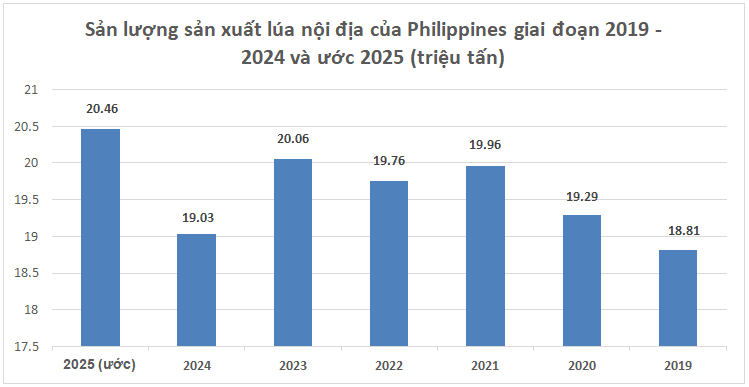
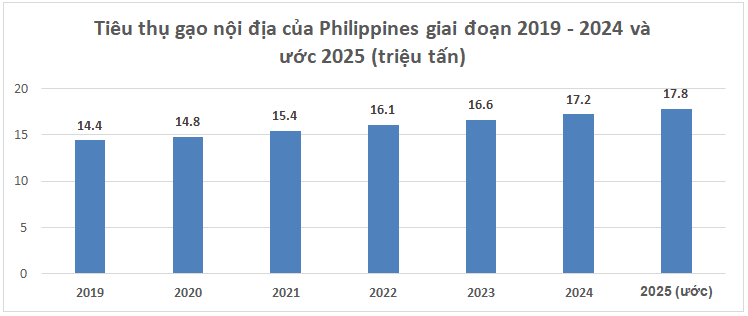
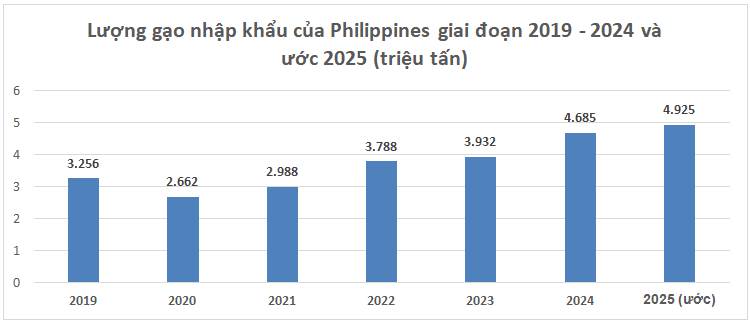
![[Photo] Ho Chi Minh City after 50 years of national reunification through buildings and symbols](https://vstatic.vietnam.vn/vietnam/resource/IMAGE/2025/4/15/a224d0b8e489457f889bdb1eee7fa7b4)

![[Photo] General Secretary To Lam meets with veteran revolutionary cadres, meritorious people, and exemplary policy families](https://vstatic.vietnam.vn/vietnam/resource/IMAGE/2025/4/15/7363ba75eb3c4a9e8241b65163176f63)
![[Photo] National Assembly Chairman Tran Thanh Man attends the summary of the organization of the Conference of the Executive Committee of the Francophone Parliamentary Union](https://vstatic.vietnam.vn/vietnam/resource/IMAGE/2025/4/15/fe022fef73d0431ab6cfc1570af598ac)
![[Photo] Air Force actively practices for the April 30th celebration](https://vstatic.vietnam.vn/vietnam/resource/IMAGE/2025/4/15/16fdec3e42734691954b853c00a7ce01)
![[Photo] Welcoming ceremony for Prime Minister of the Federal Democratic Republic of Ethiopia Abiy Ahmed Ali and his wife](https://vstatic.vietnam.vn/vietnam/resource/IMAGE/2025/4/15/77c08dcbe52c42e2ac01c322fe86e78b)



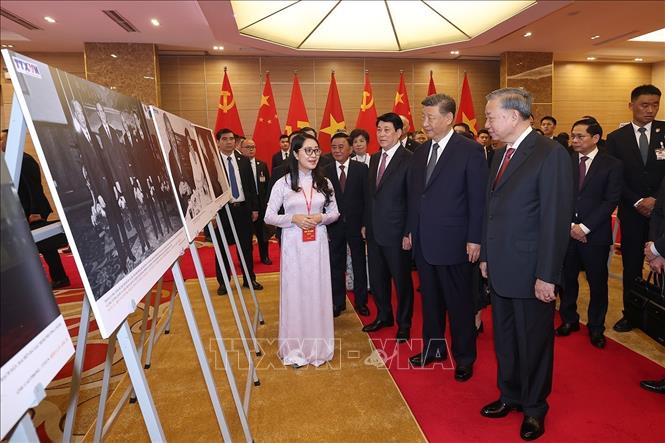






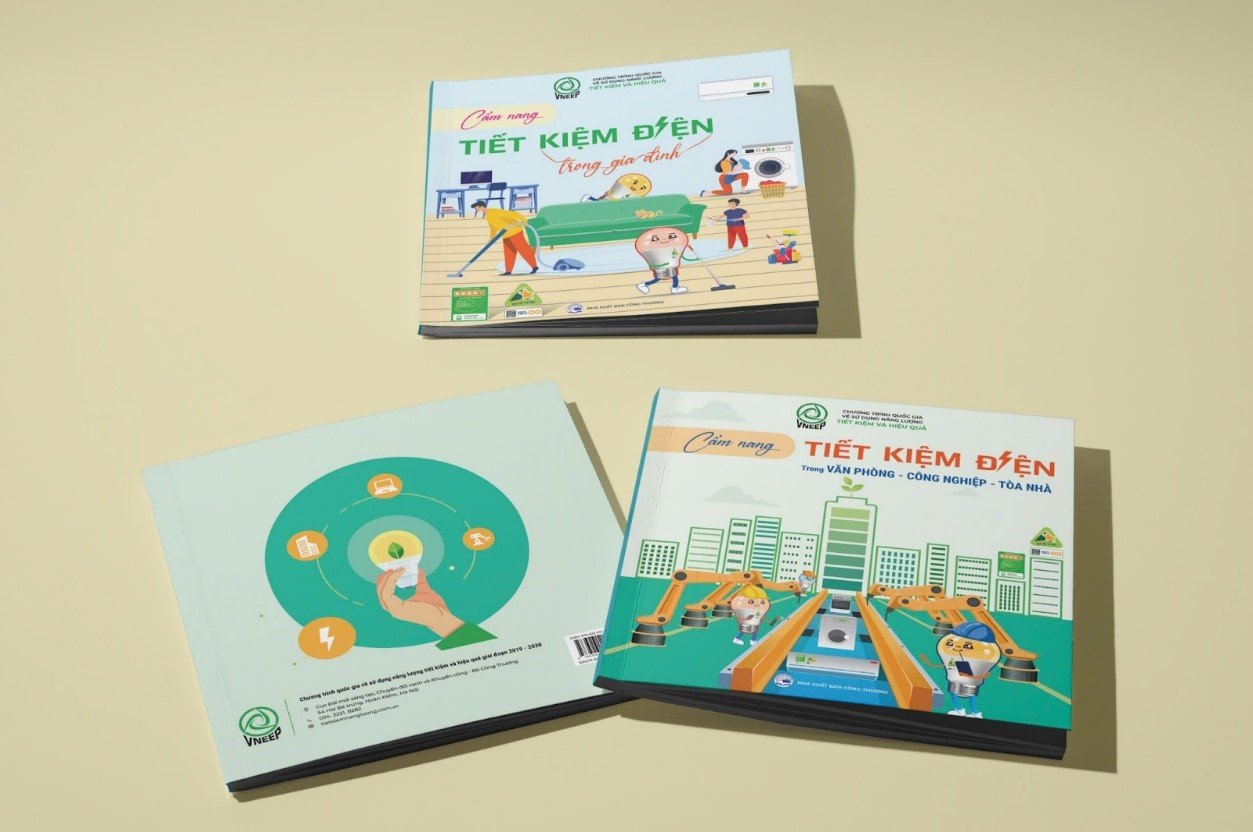



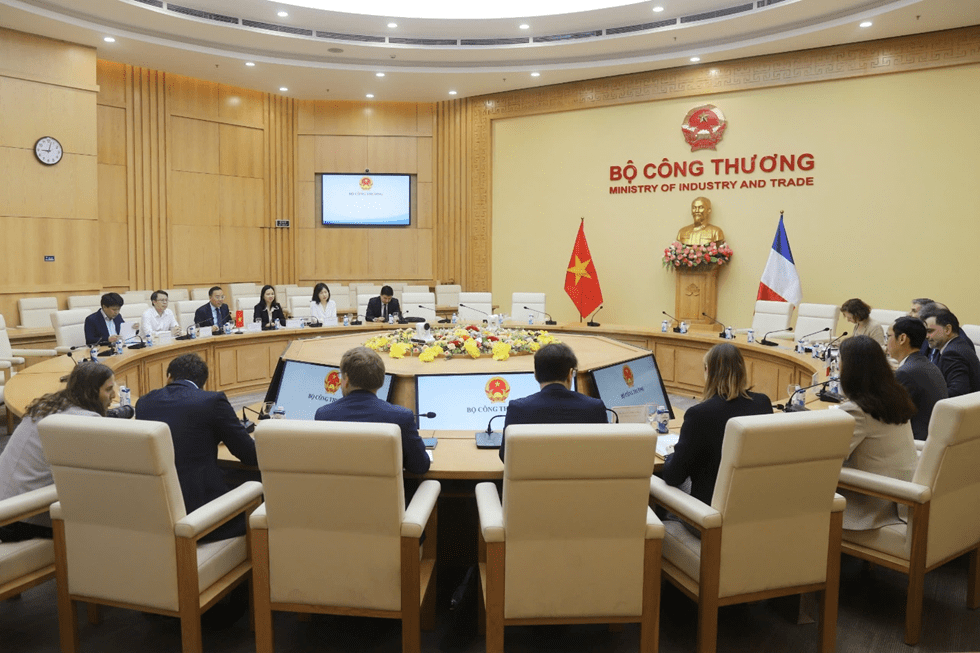









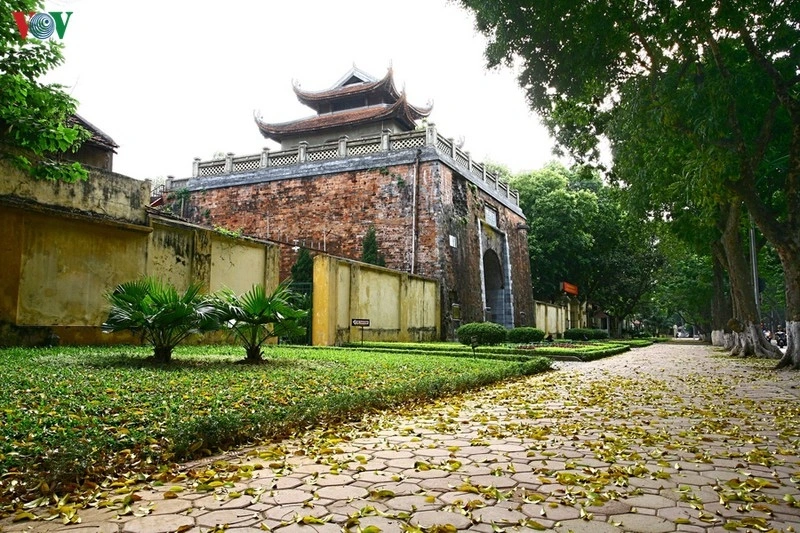
























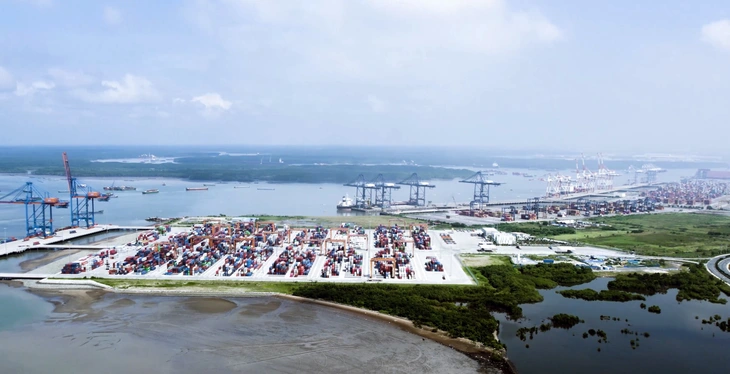








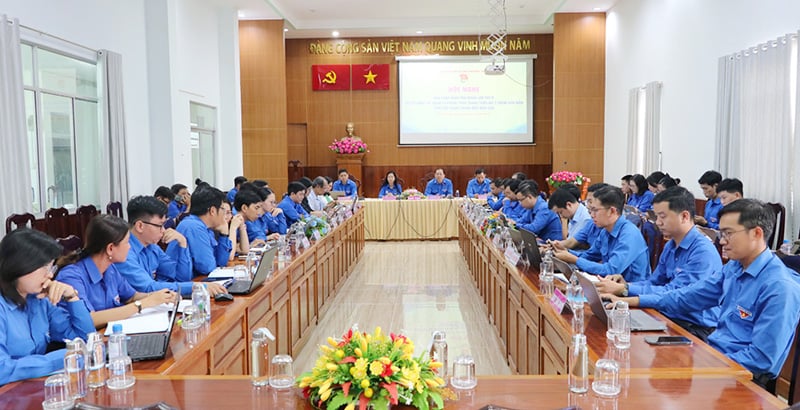



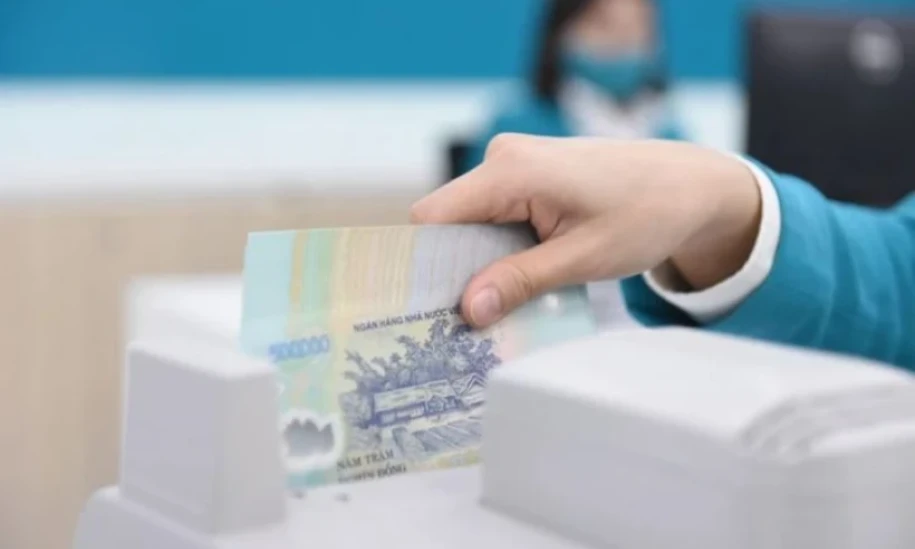




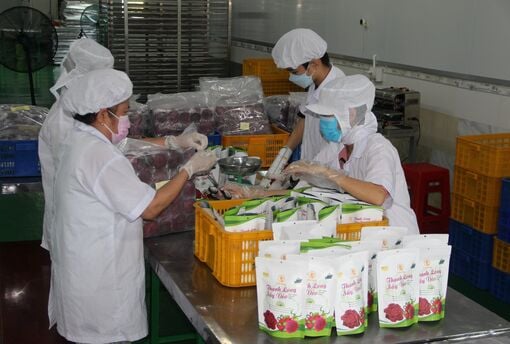


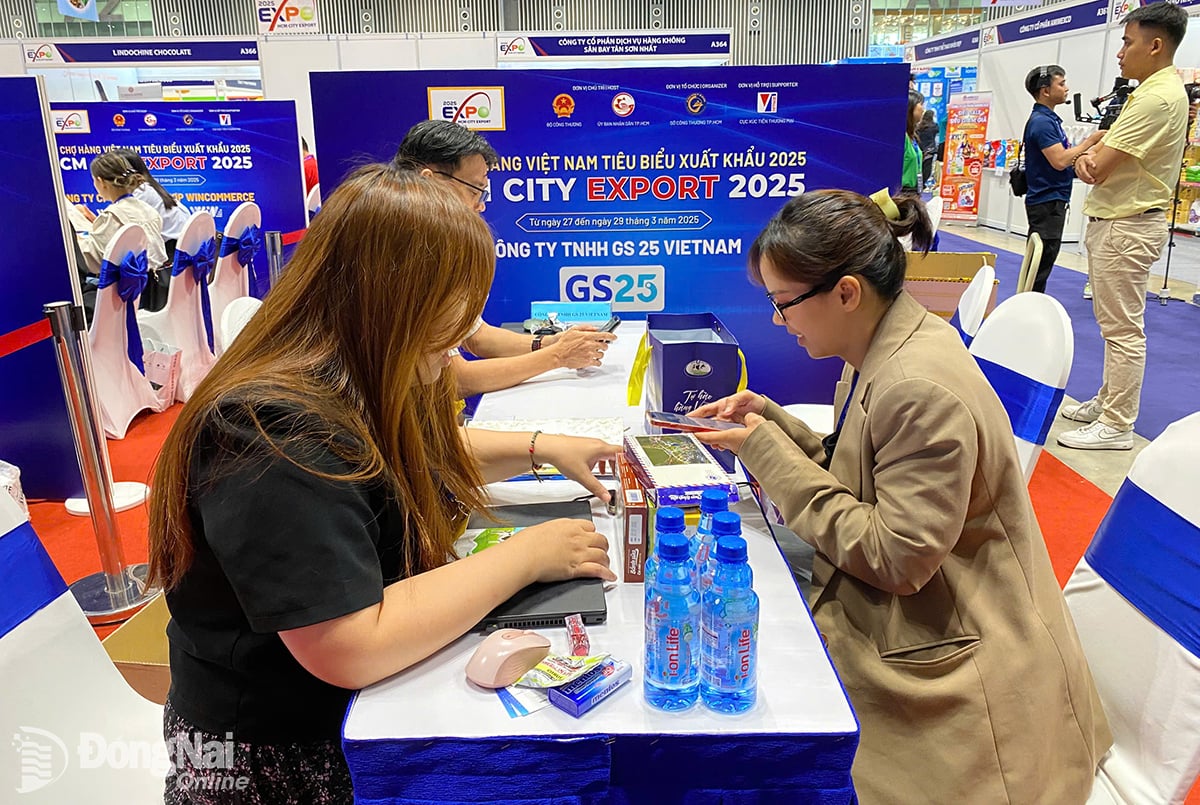

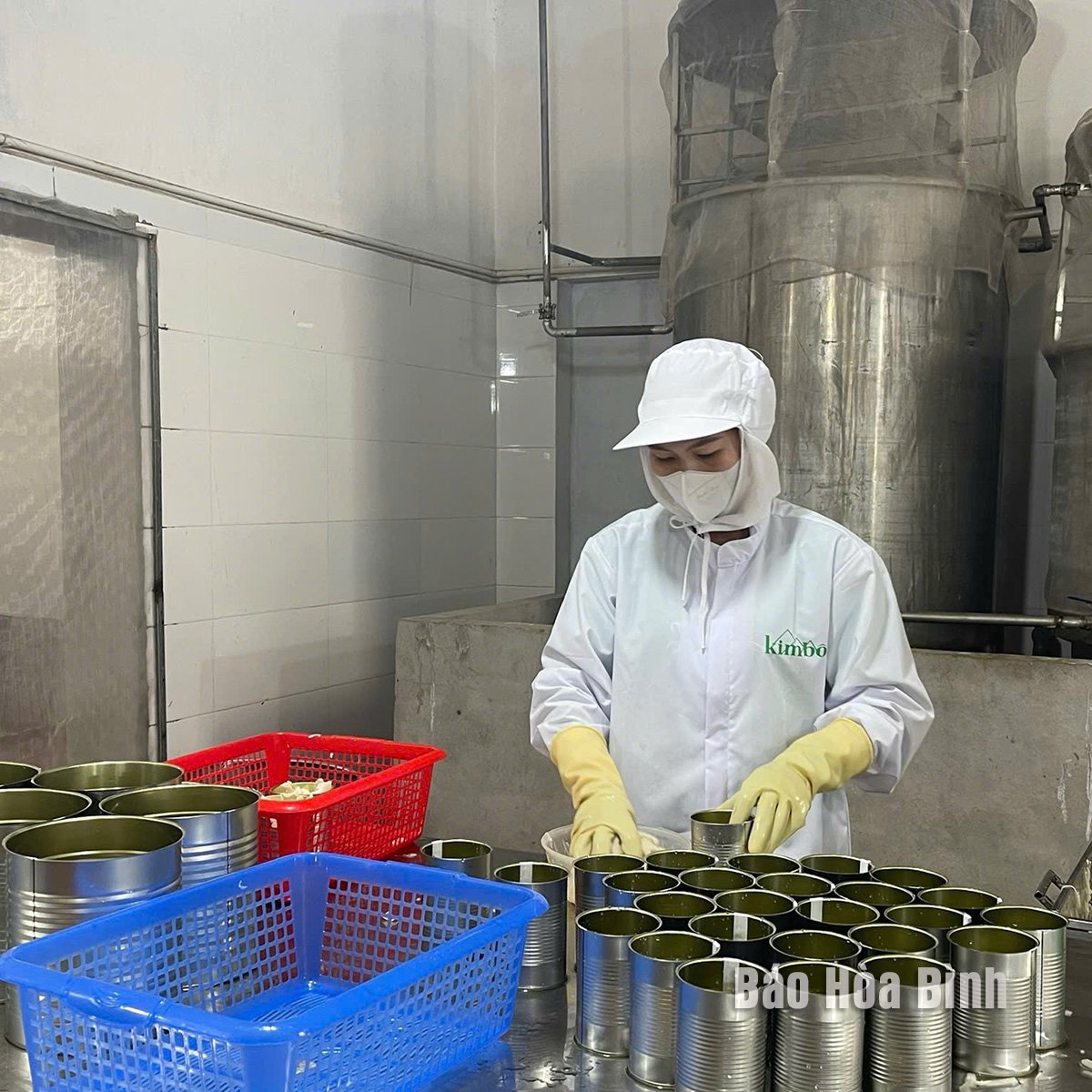

Comment (0)